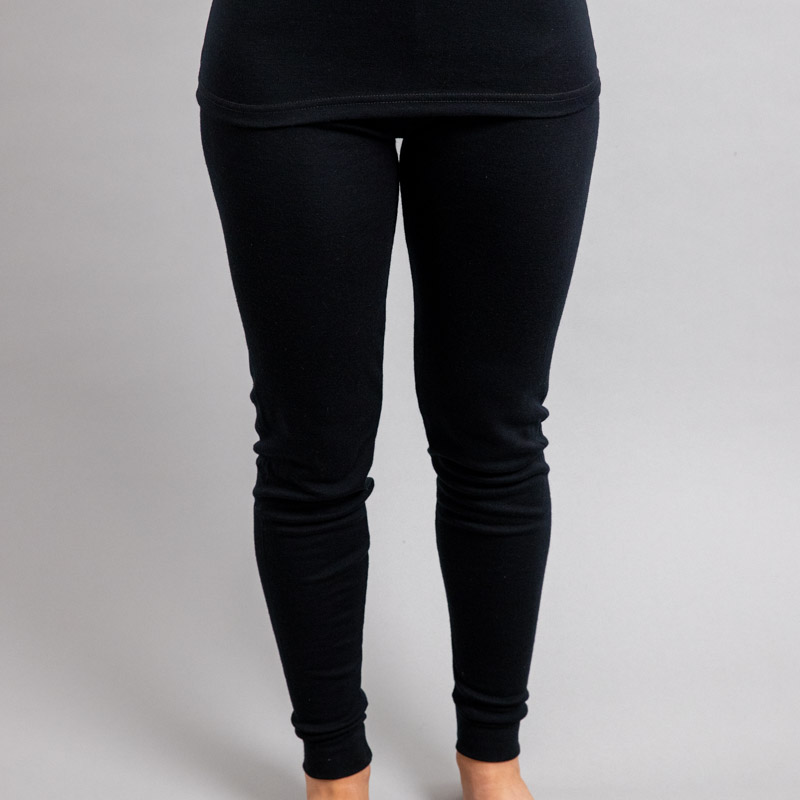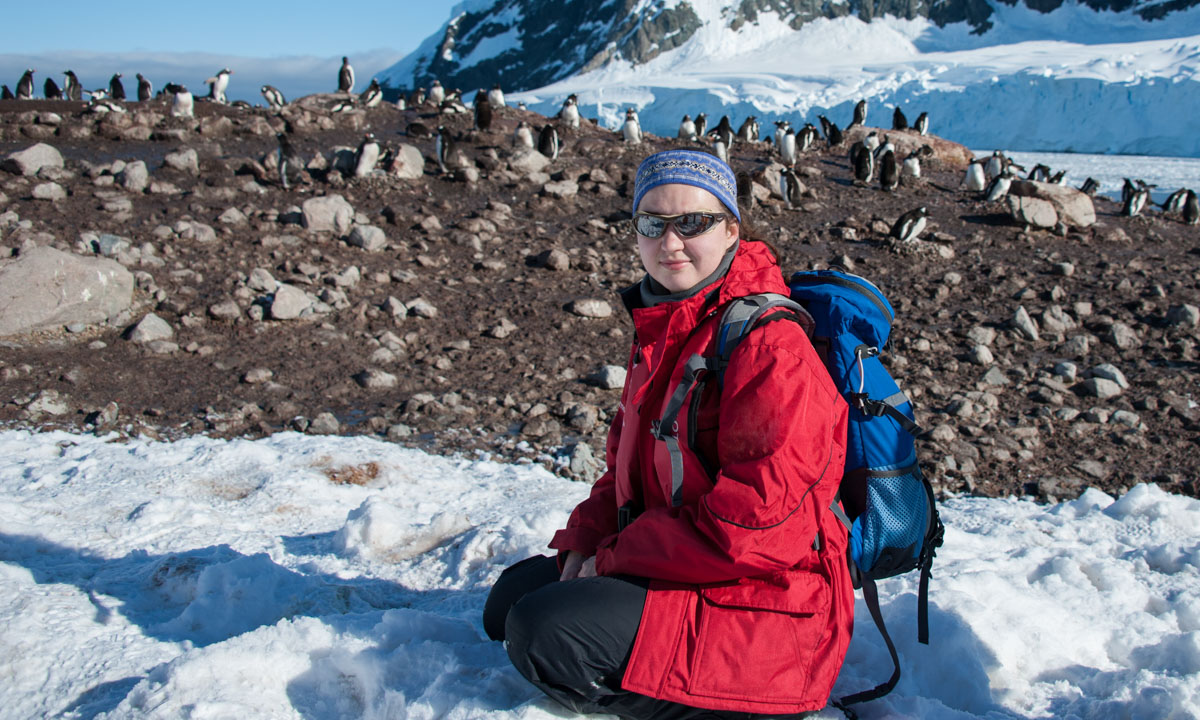Are you going to Antarctica?
This article was first published on our Australian website ktena.com.au
Then you’ll need your Merino Skins thermal wear.
The best merino base layer thermal wear for Antarctica.
We get asked a lot, “how cold does it get in Antarctica” and “what do I need to wear”.
Antarctica is the coldest, highest and windiest place on the planet, so it’s important to be prepared for your trip. Even though Antarctica is known for being extremely cold in the winter, in the summer it can actually be quite nice, with temperatures hovering around freezing.
When travelling to Antarctica, choosing a select number of high-quality clothing items is highly recommended.
It is essential to have a high-quality merino base layer as a starting point that acts as the foundation of your wardrobe and then move through to outer layers shells.
Outside on the ice during summer, you need to wear Merino base layer long sleeve tops and long johns, trousers, woollen socks and a shirt with a windproof layer on top. In winter, you need to wear lots of layers, merino base layer upon merino base layer topped with a thick, quilted freezer suit.
Clothing can be divided into two layers, the inner insulating layers, there is nothing better than Merino skins for this purpose and the outer wind or waterproof layer.
Layering works by trapping air within the clothing. It is important that your clothes fit properly. If clothing is too big, movement will create a bellows effect, causing warm air to leave and cold air to replace it. If clothing is too tight, you will not have enough air trapped to stay warm.
Merino Skins is the preferred choice for Antarctica due to the sturdy, double-knit interlock fabric that provides a much higher level of insulation than single-knit or jersey knit garments due to the twin set of yarns knitted together resulting air pockets formed between the two sets of yarns, trapping warm air between the fibres providing a superior level of insulation – ensuring Merino Skins will keep you warm when you need it most.
Many thousands of visitors to Antarctica rely on Merino Skins base layers to get them through, including the Australian Antarctic Division.





